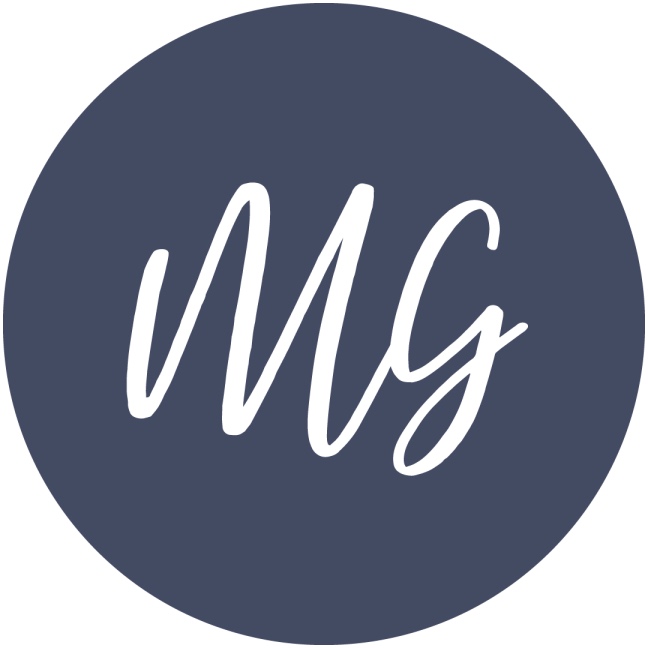Montenegro Girl x
A brief overview of the Montenegrin language
Montenegrin is the official language of Montenegro. However, while it may be the official language now, it hasn’t always been that way.
From the second world war until the break of the former Yugoslavia in 1992, the official language of Montenegro was actually Serbo-Croatian. Serbian and Croatian were the same language with regional variants. As a very general rule Serbian tended to be spoken in Belgrade and the east part of the country, using the Cyrillic alphabet. Croatian was spoken in Zagreb and the west, using the Latin alphabet.
Before the second world war, the language in use in Montenegro was called Serbian.
After the break-up of Yugoslavia, the language was then called Serbian once again.

Montenegrin actually only started being referred to as a language in 2004 when the Democratic Party of Socialists of Montenegro regime introduced the term. Then in 2007, a year after the split with Serbia, the new constitution of Montenegro deemed Montenegrin to be the official language of the country.
9 years (and a long struggle) later, Montenegrin was recognised as a separate language in its own right by the International Organization for Standardization in 2017.
You can be forgiven for thinking it’s complicated. The naming of the language seems to have been wrapped up with the independence and national identity of Montenegro.
Serbian and Montenegrin languages – same but different?
It’s important to remember though that essentially Montenegrin, Serbian and Croatian (as well as Bosnian) are the same language. A Slavonic (or Slavic) language, that has its roots in the Indo-European family of languages. Other Slavonic languages include Russian, Slovenian, Polish, Czech, Bulgarian and Macedonian. (I actually studied the history of the Slavonic language as part of my final year in university. All forgotten now though, needless to say!)
The language issue can be a little confusing to foreigners though. Many in Montenegro still refer to it as Serbian. According to a 2017 poll, 42.6% of Montenegro’s citizens opted for Serbian as the name of their native language, while 37.9% for Montenegrin.

In the same year that Montenegrin was recognised as a separate language, some prominent public figures from Montenegro, Croatia, Bosnia-Herzegovina, and Serbia signed the Declaration on the Common Language, which stated that in those countries a common polycentric standard language was used with some regional variances. In other words, the people from these 4 areas could all communicate effectively without an interpreter. It was a declaration to support unity.

Linguistically I like to see the whole Montenegrin/Serbian/Croatian thing a bit like the difference between American English and British English. The pronunciation and some of the words may be different (countertop or worktop?), but we can still understand each other.
The one thing that is different to this comparison though is that Montenegrin can be written with the Latin or Cyrillic alphabet. Montenegrin also has 2 more letters than the Serbian alphabet.
You will see signs around the country in both the Latin and Cyrillic alphabets. There is an increasing preference and a political movement to use the former though.
What does Montenegrin sound like?
So, to finish off you may be wondering what Montenegrin sounds like. What kind of accent will you hear around you from the Montenegrins as you relax at a cafe in the sun with a cappacino, dreaming of a little property by the sea?
Check out this clip about tourism in Herceg Novi from Radio Televizija Herceg Novi.
Next week I’ll be doing a follow-up post on learning Montenegrin.
After all, if you want to live like a local in Montenegro, you’ve got to learn how to say hello (and order that beer) at the very least!
Until then … ciao!
Montenegro Girl x
You might also like…
Keep in touch
Don't miss a blog post ever again!

0 Comments